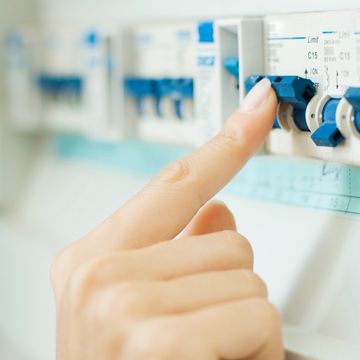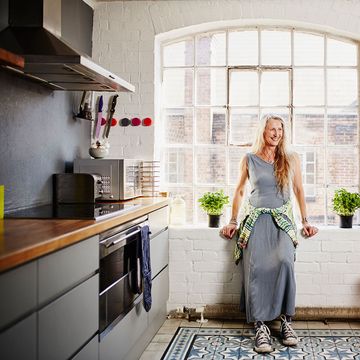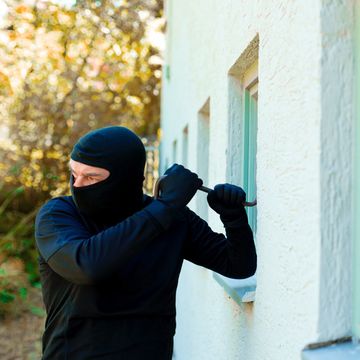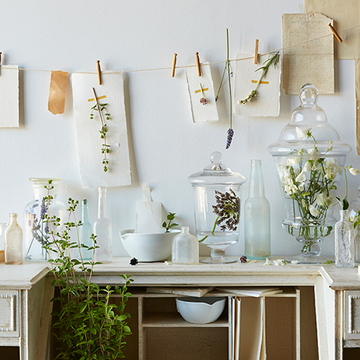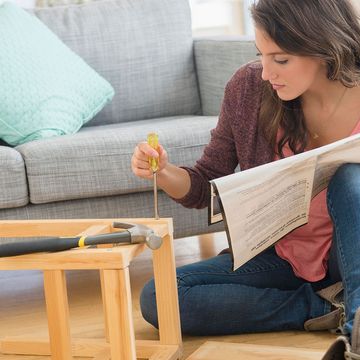New research commissioned by the Stove Industry Alliance reveals that American fridge freezers, self cleaning ovens and wood burning stoves are the household products we most aspire to. However over two-thirds of people who own them don't don't how to use them. If you take wood burning stoves, for example, over 200,000 were sold last year so that's a sizeable proportion who don't know what to do with them. They're a popular choice because they look great and are environmentally friendly.
'What this research shows however is, as a nation, we have forgotten how to burn wood. Taking a few minutes to read the manufacturer's instructions will pay dividends,' says Dennis Milligan, spokesperson from The Stove Industry Alliance.
How to get started:
1. Which wood
- Choice of wood is key – it must be dried before burning or the energy will be used to burn off the water rather than creating heat. Ideally wood should be dried for at least a year and kiln dried is best because of its low moisture content of less than 20%. If you want to check before you buy, a moisture meter will cost around £20.
- Opt for hardwood (from deciduous trees such as ash and oak) rather than softwood (from conifers) because it burns more slowly.
- Wood is normally sold by volume in cubic meters, so you are not paying for water.
2. Wood costs
- Freshly cut logs – £105/m3 give out 1kWh per kg.
- Ready seasoned wood (40% moisture) – £120/m3 gives out 3kWh per kg.
- Kiln dried wood (20% moisture) – £145/m3 gives out 4.5kWh.
3. How to light
- Follow the manufacturer's instructions for use of the controls but as a general rule:
Follow these top tips to get the best from your stove:
- Don't overload the stove with logs or use wood that's wet, or you'll get excessive smoke
- Fully open the Primary and Airwash controls
- Place a firelighter or paper together with dry kindling wood on the grate, and light the firelighter or paper
- Leave the door slightly open as the fire establishes and the glass warms, to avoid the build up of condensation
- Add larger pieces of wood to build the fire taking care not to smother the fire with too many logs
- Close the door fully once the fire is established
- Close the Primary air control. Use the Airwash to control the burn rate when the appliance is at operating temperature.
- When you need to add more wood once again open the Primary and Airwash controls fully
- Rake the embers over the grate to establish a glowing fire bed – if the fire bed is low add a small amount of kindling wood to help re-establish the fire
- Place new logs in an open arrangement to allow oxygen to easily reach every part of the fire
- Burn the new logs at high output for 3-5 minutes before closing the primary air control and adjust the burn rate using the Airwash control – don't close the air controls until the fire is burning well
- You'll get the best out of your stove if you top up with small amounts of fuel frequently, you'll know if it's burning well when the firebox looks bright and clean
Like this? You'll love...
How to remove soot stains
How we test at the Good Housekeeping Institute
GHI cleaning tips




